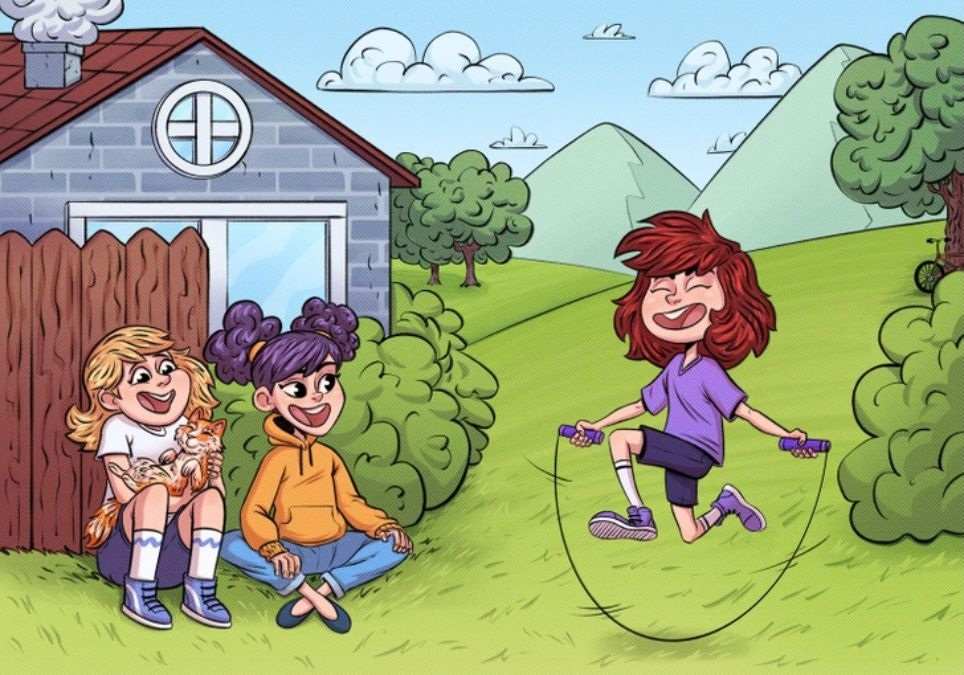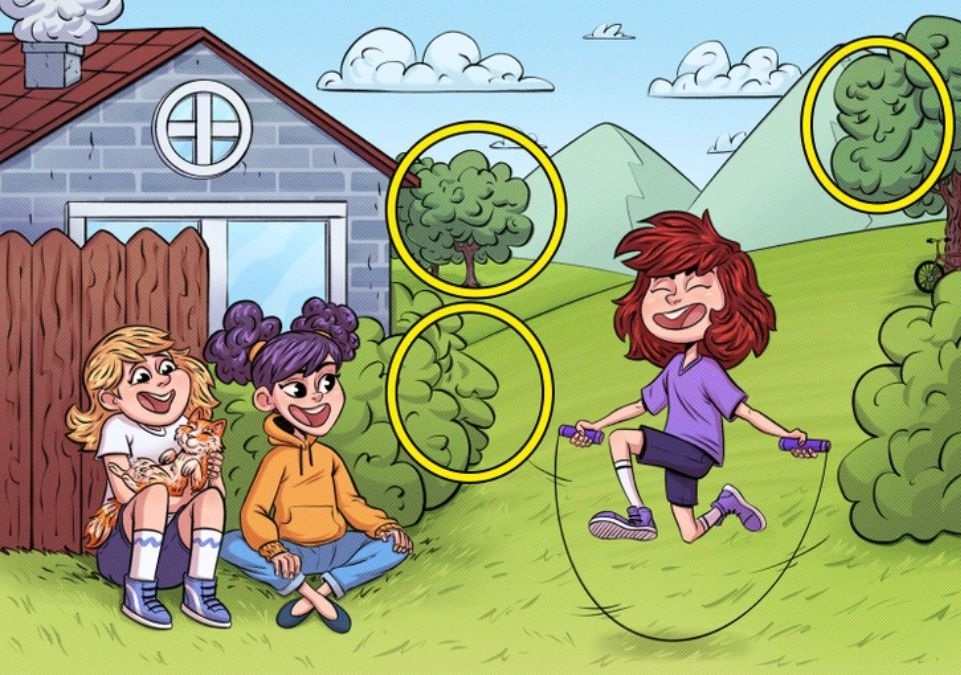Visual intelligence, as defined by Gardner's theory of multiple intelligences. It is a type of intelligence that involves the ability to think in three dimensions and visualise concepts. Visual brain teasers, like those involving brain teasers and optical illusions, patterns, or hidden objects, directly engage visual-spatial skills.
Visual-spatial intelligence is crucial for many everyday tasks and is a key component of overall visual intelligence. It allows you to understand the world around you, interact with it effectively, and solve problems that require spatial reasoning.
Solving these brain teasers enhances your ability to recognise patterns and relationships in visual information, mentally manipulate objects and shapes, think critically and solve problems using visual information, improve attention and focus, and also enhance memory.
Brain teasers, particularly visual brain teasers, can help strengthen visual intelligence. Brain teasers with hidden faces can be beneficial for strengthening visual intelligence. These puzzles challenge your perception and ability to identify patterns.
How? Hidden faces puzzles require you to recognise subtle shapes and patterns within a complex image that might not be immediately obvious. Finding hidden faces often demands focused attention and the ability to scan an image carefully, which improves concentration and reduces distractions.
Here is a brain teaser to challenge your brain. Can you spot three faces hidden in this garden scene of children playing in 5 seconds?
Optical Illusion To Test Your Eyesight: Can You Spot Three Hidden Faces In 5 Seconds?

Image: Brightside
In this optical illusion, three faces are hidden artistically in the garden. Only a handful of people have been able to spot them all in 5 seconds.
This optical illusion is a chance to flex your superior observation skills and the ability to see through deception.
Focus on the overall image, look for contrasting light and dark areas. Consider adjusting your viewing angle or distance.
Don't stare at one spot. Let your eyes wander. Try to identify shapes that might resemble faces.
Sometimes, squinting or slightly blurring your vision can help you spot hidden details.
Pay attention to outlines and contours.
The brain often fills in gaps to create recognisable shapes, and this can help you spot the faces.
Do not ignore the negative spaces. Consider the spaces between objects. The brain tends to interpret these as shapes, and these spaces may reveal hidden faces.
Finding the faces can take time. Be patient. Don't be discouraged if you don't see them right away.
Any luck so far spotting the faces? Scroll down to see the answer.
Answer revealed!
If you spotted all the faces in the given time limit, you have shown that you possess high visual-spatial processing skills. You are good at solving visual complex problems, understanding diagrams, and interpreting visual data to find solutions.

Image: Brightside

Comments
All Comments (0)
Join the conversation